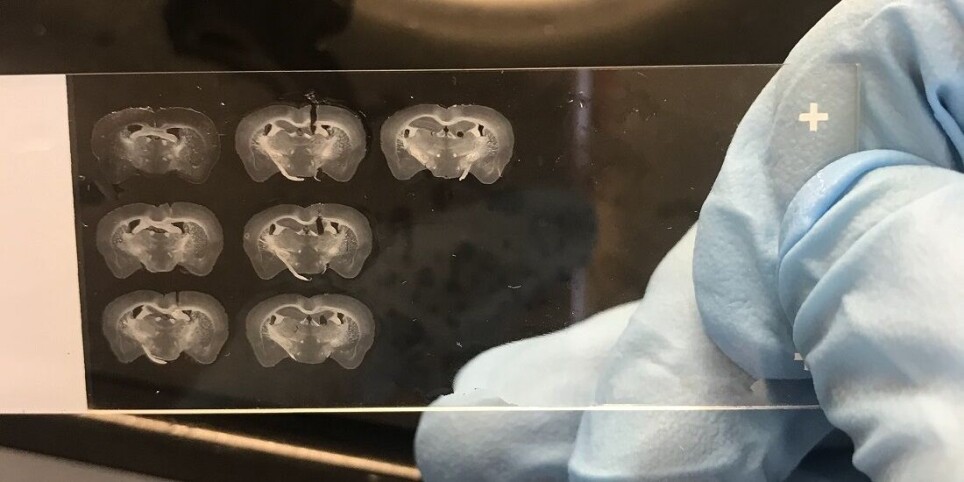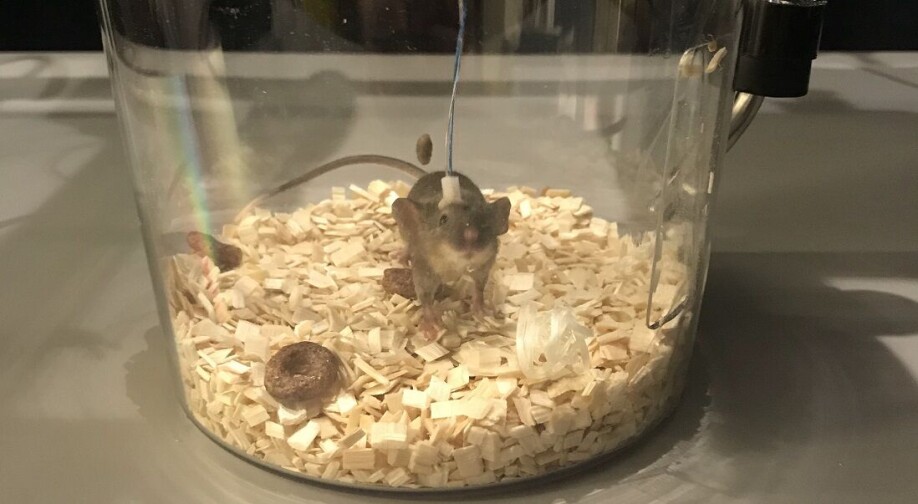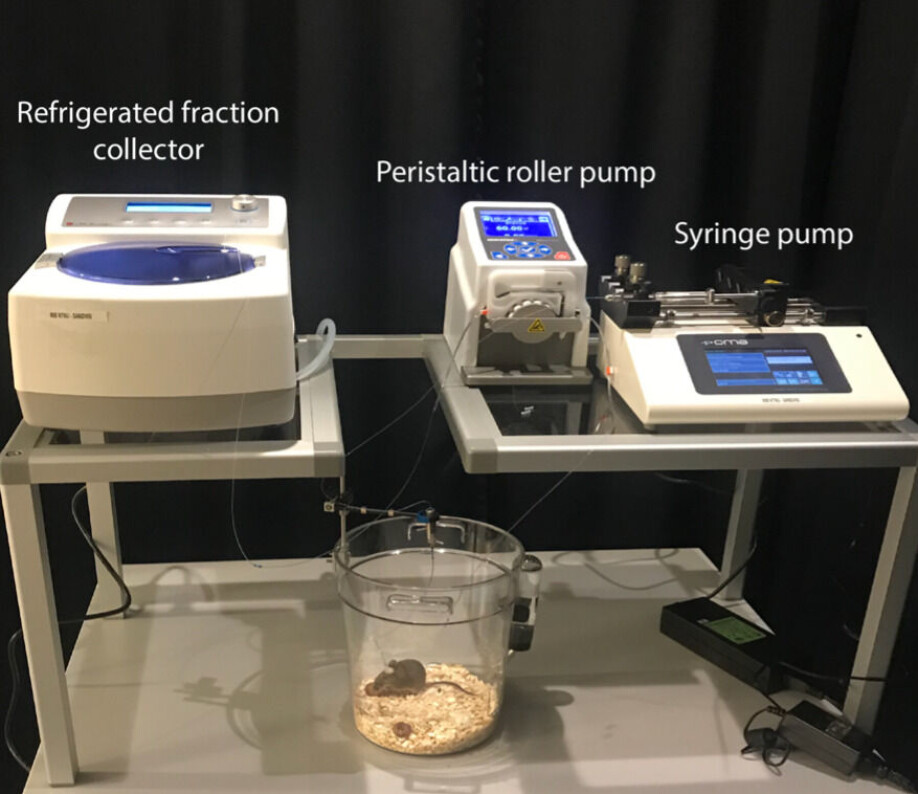THIS ARTICLE/PRESS RELEASE IS PAID FOR AND PRESENTED BY NTNU Norwegian University of Science and Technology - read more

Animal testing helps us understand Alzheimer’s
New findings show how experiments with animals can provide helpful information to understand Alzheimer’s and learn how we can better fight the disease.
In Norway, more than 100 000 people live with Alzheimer’s disease. Alzheimer’s damages the central nervous system and alters memory, orientation and behaviour. The disease becomes devastating once it has progressed and usually leads to affected individuals being unable to manage everyday tasks on their own. That is why a better understanding is so critical.
“We’ve shown that results from animal testing are transferable to humans,” says Christiana Bjørkli.
She is a PhD candidate in the Sandvig Group – Integrated Neuroscience at NTNU. This group studies the brain’s ability to adapt to injuries, and how different methods and models can be used in clinical work. The group is led by Associate Professor Ioanna Sandvig and Professor Axel Sandvig at the Department of Neuromedicine and Movement Science.

Studies done on animals before humans
Bjørkli and her colleagues recently published an article in the Journal of Alzheimer’s Disease that addresses preclinical studies of Alzheimer’s disease.
These are studies that are done in advance of studies on humans. Typically, various animals are used in experiments. Mice and rats are the most common, because the medial temporal lobes in their brains are similar to those of humans.
“Preclinical studies are currently not used much in research on medications to treat Alzheimer’s. The ability to transfer results from preclinical trials to humans has been limited, and the techniques to do this also haven’t developed significantly in recent years,” Bjørkli says.
This may be about to change, however. The research group has achieved good, transferable results using a new method. The method shows that findings from animal experiments can offer valuable insights to our understanding of Alzheimer’s disease and possible new forms of treatment.

Genetically modified mice
Bjørkli and her colleagues have used mice that are genetically modified with Alzheimer’s disease in their experiments.
“We used a method where we can see that animal models actually show a similar disease progression to the one we see in humans,” Bjørkli says.
The results from the experiments on the mice can then be used to help us understand the course of the disease in humans as well.
“Animal experiments can provide us with good answers to important questions in the field,” Bjørkli says.

Analysing biomarkers
In the recent article, Bjørkli and her colleagues describe a new method where they can take spinal fluid samples from ventricles in the brains of the genetically modified mice.
The researchers looked for substances or molecules in these fluid samples that are common signs of Alzheimer’s. These are called biomarkers. Amyloid-β (Aβ) and a protein called tau are examples of these.
“We measure biomarkers the same way as when human patients with Alzheimer’s disease are diagnosed,” Bjørkli says.
They found that the biomarkers in the mouse model they used showed similarities in disease progression with biomarkers found in human patients.
“In other words, we’ve also shown that this model is a good starting point before we do further human studies,” says Bjørkli.
The method can also be used to measure long-term changes in other diseases that lead to altered protein levels in the spinal fluid, such as diseases that break down the neurons in the brain or other parts of the nervous system.
This video (in Norwegian) shows more about the method and the experiments. It was made in consultation with the Norwegian Brain Council for Forskningsdagene 2021.
The research is being funded by the Liaison Committee for education, research and innovation in Central Norway and the Joint Research Committee between St. Olav’s Hospital and the NTNU Faculty of Medicine and Health Sciences.
Reference:
Christiana Bjorkli et.al.: In Vivo Microdialysis in Mice Captures Changes in Alzheimer’s Disease Cerebrospinal Fluid Biomarkers Consistent with Developing Pathology. J Alzheimers Dis., 2021. (Summary)
See more content from NTNU:
-
More than 120,000 Norwegians suffer from work-related anxiety
-
Forever chemicals affect ducklings' genes while they are still in the egg
-
Why are pregnant women in Norway so worried?
-
Politics on Facebook: Populist parties choose divisive issues on purpose
-
Social media is connected to cyberbullying – but not how we thought
-
Forskere ved NTNU får nesten 24 millioner av EU for å lage nye strømomformere





































